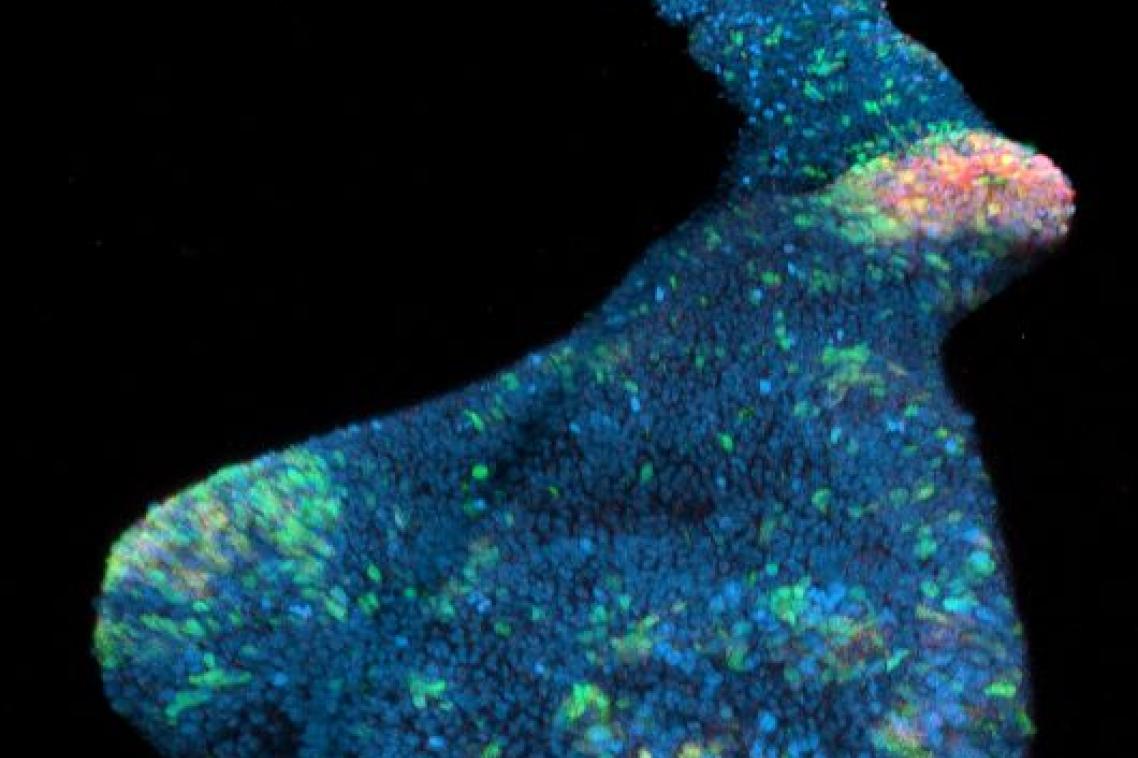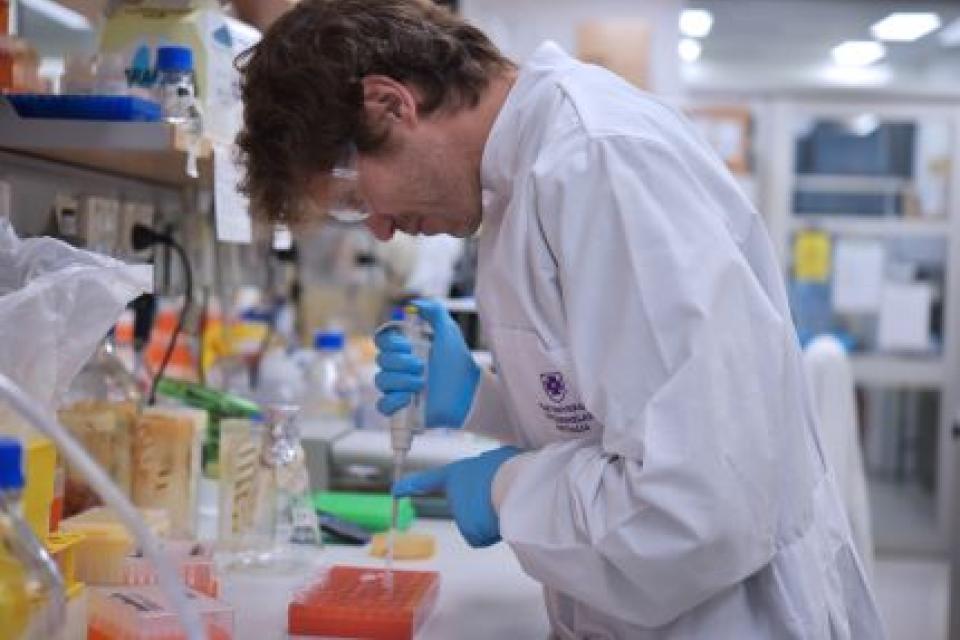Lab-grown spines unlock safer treatment for women with epilepsy

University of Queensland researchers have made a significant step towards enabling women with epilepsy safer access to a common and highly effective anti-seizure medication.
Sodium Valproate or valproic acid is widely prescribed for epilepsy and certain mental health conditions, but is considered harmful to use during pregnancy because of links to spinal cord defects and other complications for newborns.
Dr Giovanni Pietrogrande and Professor Ernst Wolvetang from UQ’s Australian Institute for Bioengineering and Nanotechnology (AIBN) led a team of organoid experts who have identified a drug that could nullify the dangerous side effects.
“We first set out to understand why valproate causes spinal cord malformations in fetuses,” Dr Pietrogrande said.
“To do this we created organoids – human mini-spinal cords in a dish – that closely mimic the spinal cord of a fetus in the early weeks of gestation.
“When these mini spinal cords were exposed to valproate, the team discovered that the drug changes the cells that normally form the spinal cord, leading to malformations.”

“Therefore co-treatment with Rapamycin could be the thing that opens safe access to an extremely effective treatment for women with epilepsy,” Professor Wolvetang said.
Study co-author Professor Terence O’Brien, Head of the School of Translational Medicine at Monash University and program director and deputy director of research at Alfred Brain, said the findings could help healthcare providers and patients navigate the complex challenges around the treatment of epilepsy.
“It may also provide a pathway to enabling women to continue to take this life saving medication while having healthy children,” Professor O’Brien said.
Professor Wolvetang said the research highlights the potential of new technologies like human stem cell derived organoids to explore the molecular and cellular impacts of drugs.
“Organoids are a tool that allow us to develop new treatments, and also to uncover new ways to improve the safety and efficacy of existing ones,” he said.
“We hope this research is another step towards fostering regulatory change in the Therapeutic Goods Administration (TGA) to establish organoids as a powerful tool for drug screening and discovery.”
The work was conducted in partnership with AIBN colleagues Dr Mohammad Shaker, Dr Julio Aguado, Dr Ibrahim Javed, Professor Tom Davis, Tahmina Tabassum and Sean Morrison, as well as collaborators from UQ’s School of Chemical Engineering, The University of Melbourne and Vita-Salute San Raffaele University in Milan.
The research paper was published Molecular Psychiatry.
Image above left: Dr Giovanni Pietrogrande in the laboratory.
Media contact
AIBN Communications
communications@aibn.uq.edu.au
a.druce@uq.edu.au
+61 447 305 979
Related articles

Staying physically active cuts risk of early death by 40 per cent

Medicinal cannabis is big business. But the latest clampdown won’t curb unsafe prescribing
Media contact
UQ Communications
communications@uq.edu.au
+61 429 056 139
